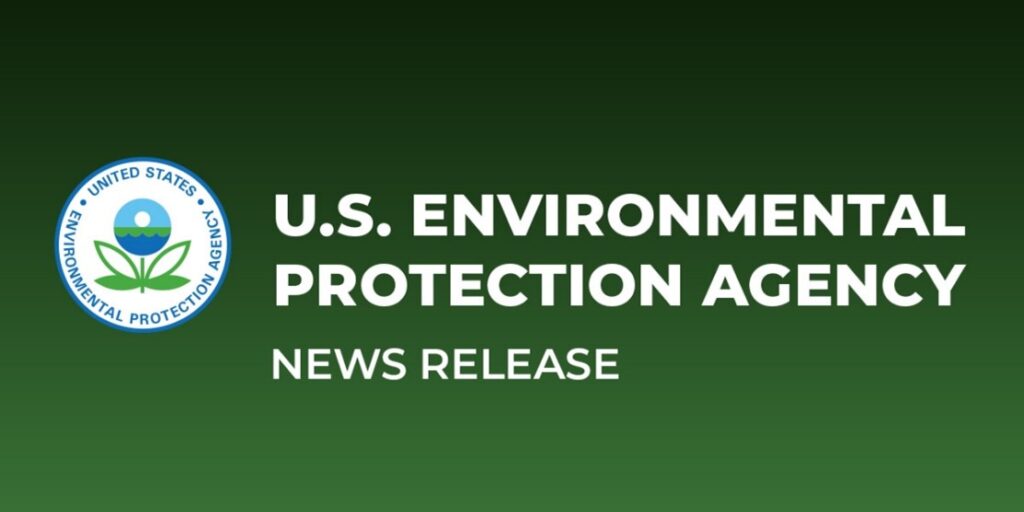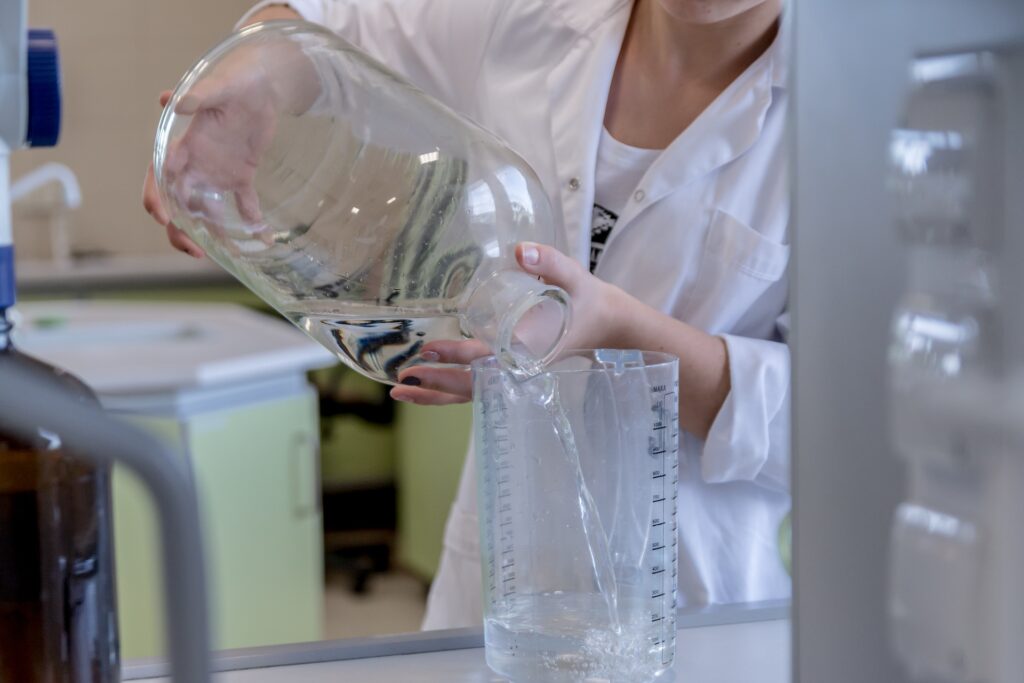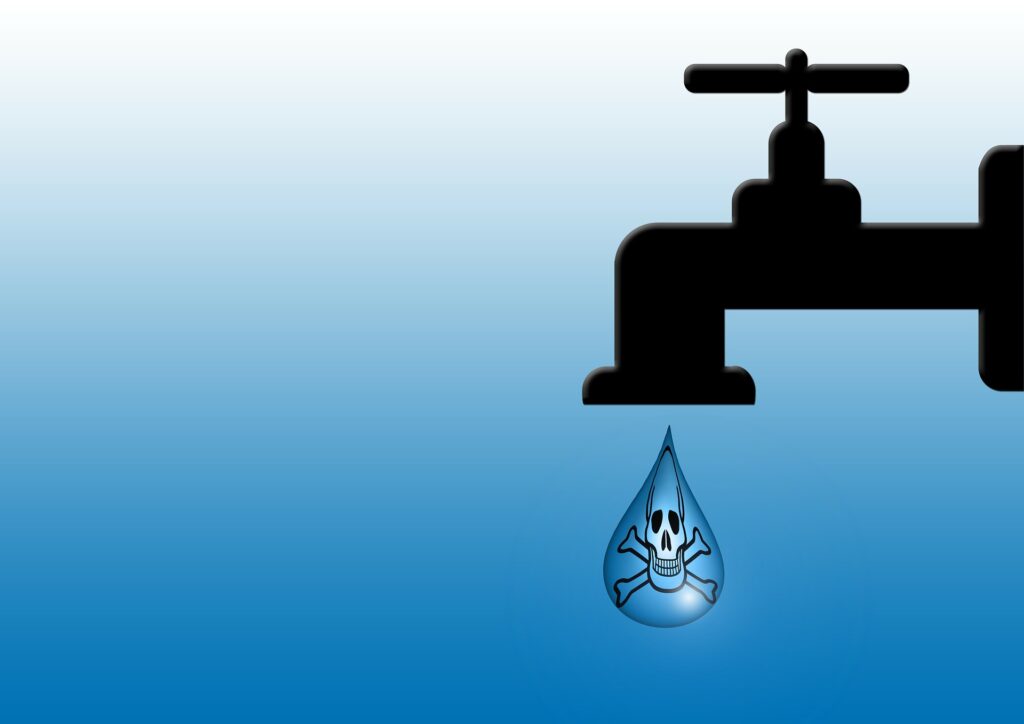PFAS in Drinking Water: Analyzing Health Risks and Methods for Elimination
Per- and polyfluoroalkyl substances, or PFAS, comprise a family of synthetic chemicals in production and have been utilized across various industries since the 1940s. These chemicals are frequently incorporated into products such as Teflon, water and stain-repellent fabrics, paints, waxes, and firefighting foams. The latter being a significant contributor to groundwater contamination near airports, military bases, and firefighter training facilities. There is a growing concern as these chemicals have been identified in alarming concentrations in drinking water sources throughout the United States.
PFAS chemicals, particularly PFOA and PFOS, have been the most widely manufactured and studied. They persist in the environment due to their long half-lives and can accumulate in the human body over time. Studies indicate that exposure to these substances can harm human health. In response to these findings, production of these chemicals has ceased in the United States. However, they are still manufactured in other nations, and products containing these chemicals could be imported into the U.S.
Considering the potential health risks associated with PFAS, it is vital to consider strategies for eliminating or reducing their presence in drinking water sources. Various filtration methods can be effective in removing these chemicals from water. Understanding the gravity of the issue and adopting effective measures can contribute to safeguarding public health.
Health Impacts of PFAS Contamination in Water
Exposure to PFAS, or per- and polyfluoroalkyl substances, has been linked to various adverse health effects in humans. When humans or animals consume these chemicals, whether through food or water, they are absorbed and can build up in the body. Since PFAS has a protracted presence in the human body, continuous exposure from various sources can cause levels to escalate. Over time, this can reach a critical point where individuals experience detrimental health consequences.
Research has demonstrated that two specific PFAS chemicals, PFOA and PFOS, have the potential to induce a variety of adverse effects. In laboratory animals, these substances have been shown to affect reproductive and developmental processes negatively, cause damage to the liver and kidneys, and impair the immune system. Additionally, PFOA and PFOS have been associated with animal tumor development.
In human studies, the most consistent outcome associated with PFAS exposure is elevated cholesterol levels among those exposed. There are also more limited findings linking exposure to changes in infant birth weights. Specifically, for PFOA, there is some evidence of a correlation with cancer, while PFOS has been connected with disruptions to thyroid hormone levels.
Given the potential ramifications on health, it is vital to be vigilant about PFAS exposure, mainly through drinking water, and take necessary precautions to mitigate the risks associated with these chemicals.
Removing PFAS From Drinking Water
Several technologies can be employed to effectively eliminate PFAS, particularly Perfluorooctanoic acid (PFOA) and Perfluorooctane sulfonic acid (PFOS), from drinking water. Among these, ion exchange, activated carbon adsorption, and reverse osmosis have proven highly effective. For residential settings requiring whole-house filtration, ion exchange systems with a dual-tank design are emerging as a superior option due to their enhanced safety and effectiveness. This involves exchanging ions between the contaminants and a medium. At the same time, activated carbon adsorption traps contaminants on carbon particles, and reverse osmosis uses a semi-permeable membrane to filter out PFAS.
Reverse Osmosis: A Filtration System to Remove PFAS in Water
Reverse osmosis, a technology that employs a membrane for filtration, can be effectively utilized as a point-of-use system for purifying water from PFAS. This can be set up at specific water outlets, such as kitchen sinks, where it directly feeds a designated drinking water tap and appliances like ice makers or refrigerator water dispensers. The reverse osmosis system can be conveniently installed under the kitchen sink or in the basement beneath it, with a pipeline running up to supply the dedicated faucet.
To learn more about PFSAs, visit www.epa.gov/pfas/pfas-explained
__________________
Reynolds Water Conditioning was established in 1931 and is Michigan’s oldest water conditioning treatment company. Still owned and operated by the Reynolds family, we take pride in providing the highest quality products at a cost-effective price. If your tap water lacks the quality you deserve, contact us today at 800-572-9575.
Written by the digital marketing team at Creative Programs & Systems: https://www.cpsmi.com/






